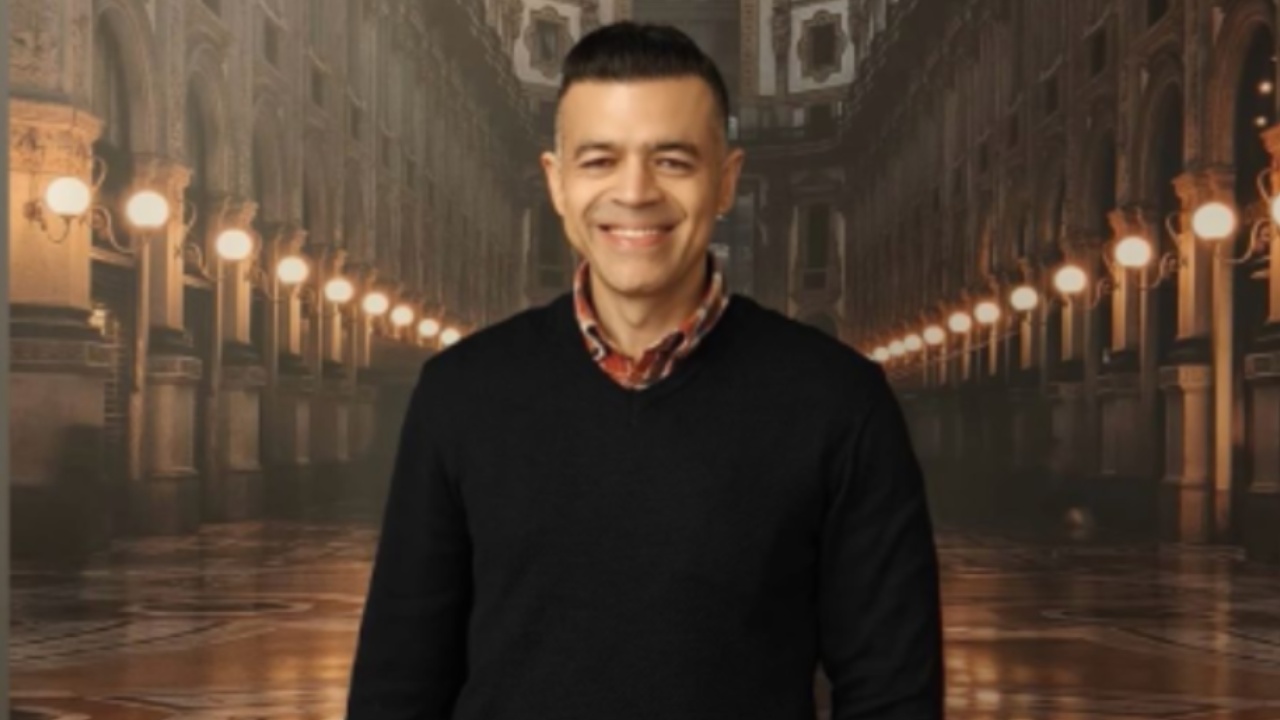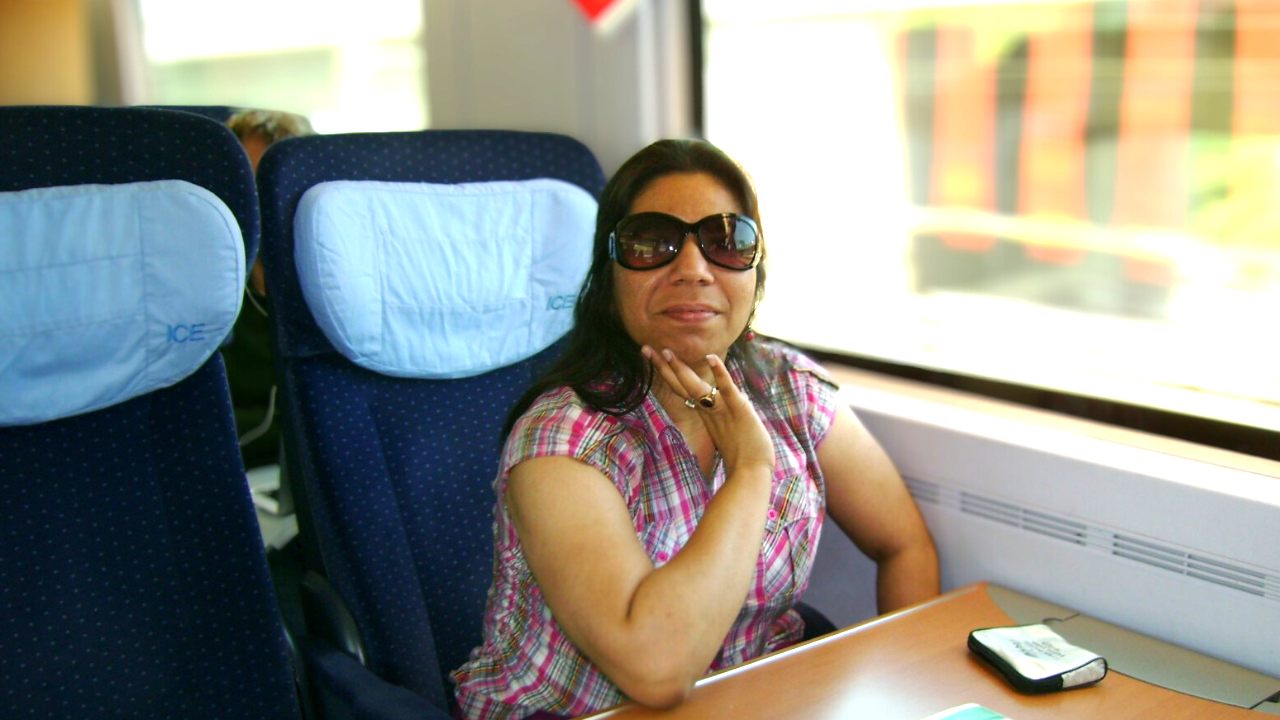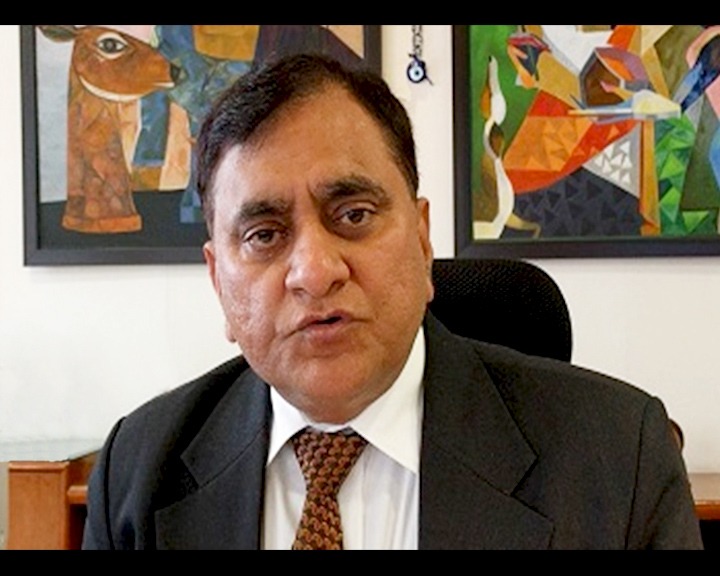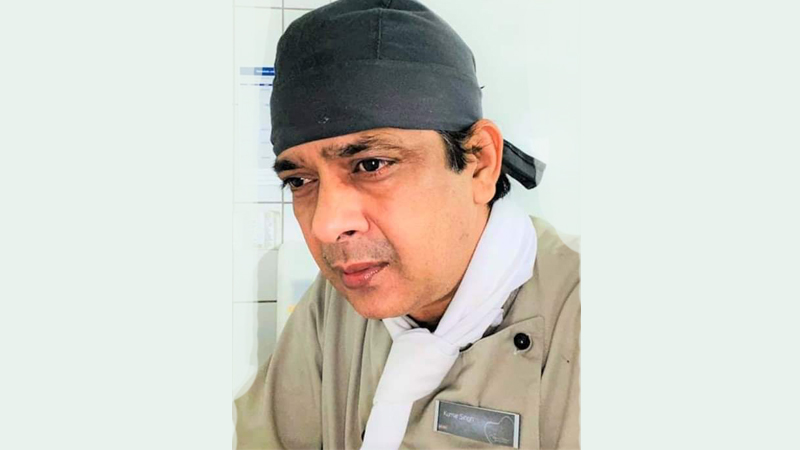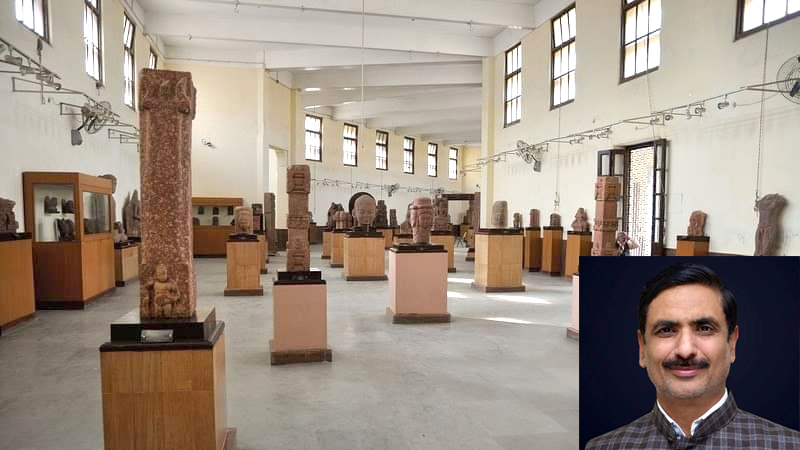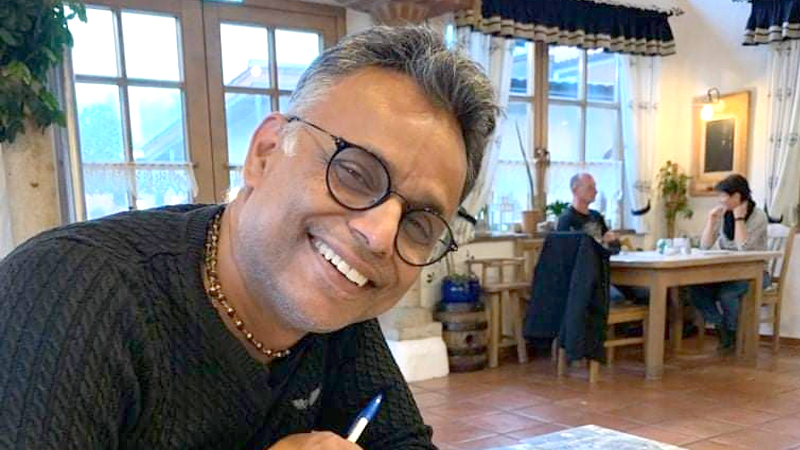Alok Kumar Singh, Director, Horticulture, South Delhi Municipal Corporation strolls down the memory lane to share the genesis, ideation, and project implementation of Waste to Wonder Park, which is nestled in the lush green corridor of Sarai Kale Khan near Nizammudin Metro station. Housing the replicas of seven wonders of the world comprising Taj Mahal, Colosseum, Leaning Tower of Pisa, Eiffel Tower, Great Pyramid of Giza, Statue of Liberty, and Christ The Reedemer, Waste to Wonder Park is a testimony of India’s superb architectural skill in transforming wastes into wonderful monuments. Get immersed in the freewheel conversation between Alok Kumar Singh and T.I.W.
#1. What did inspire you to develop Waste to Wonder Park?
The idea of Waste to Wonder Park was conceptualised by Kota’s Seven Wonders Park when it was featured in the Bollywood movie “Badrinath ki Dulhania”. But the major difference here is that the material used in building the monuments are sourced from scraps and waste products. We had a dual objective behind this project: developing a recreational centre for the public of Delhi by reusing waste & junk and fulfilling Swachh Bharat Mission by cleaning and beautifying the city.
#2. What were the challenges faced during the execution of this project?
There were several challenges we faced during the construction. Working with a team of over 40 unskilled labourers for such a great technically precise and artistically demanding with greater detail on proportion and visualisation was a difficult proposition. Moreover, closer to landfill and heavy structures while maintaining stability made daunting challenges.
#3. How did you ensure precision factor in designing the monuments?
We conducted extensive research on various aspects of the structure including dimensions, techniques of construction, look and feel, and design and involved consultants, artists & professionals to ensure precision.
#4. What kind of waste materials were used in building such structures?
The kind of waste materials used varied from monument to monument. For example, we used old cycle rims cut into small pieces to show the reflection of marbles for Taj Mahal. Similarly, for Leaning Tower of Pisa, waste cables & automobile gear parts were used. For Statue of Liberty, axels of old hand carts and rickshaws were used. About 150 tonnes of industrial and other waste materials were reused to create such brilliant seven wonders of the world.
#5. How much cost was involved in this project and what were the socio-economic benefits?
Around Rs. 7.5 crore was utilised to deliver this project. However, in the first year, Rs. 9 crore revenue collection was done through ticket sales. This Park also generated employment for support and maintenance staff. What’s more important here is the environmental benefits we garnered like reduction in pollution, generation of renewable energy, and reuse of waste.
#6. How do you feel today after witnessing the success of this project?
It gives me immense pleasure when people appreciate the aesthetics and concept of this project. Moreover, this project has been widely commended by President of India, India Today Group, Smart Cities India and QCI. I would urge the civic authorities of other cities should also try their hands in translating waste into wealth while ensuring sustainability.
#7. Is there any similar project in India?
On same concept, the Bharat Darshan Park is spread over 8.5 acres, and replicas of 17 popular monuments from across the country including Mysore Palace, Charminar and Khajuraho Temple are being built here from scrap material. The replicas are built using scrap waste such as vehicles, fans, rods, iron sheets and nuts and bolts gathering dust in municipal stores. There will be smart illumination of all the monuments and a walking track of 1.5 km in the park, besides a children’s play area.



